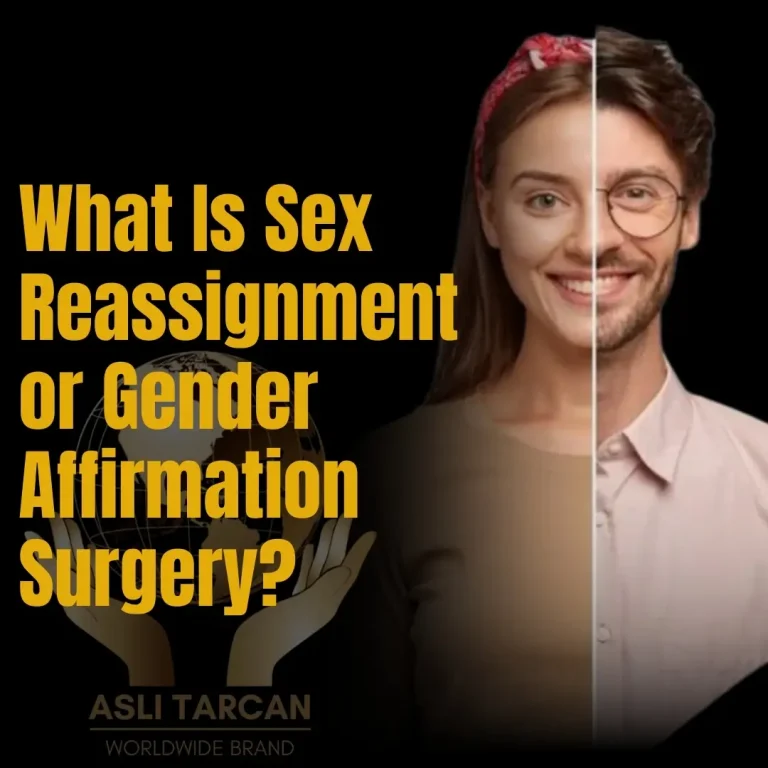Visual Field Test For Blepharoplasty – What to Expect?
If you’re considering getting the blepharoplasty surgery, you must know about the visual field test for blepharoplasty. It’s a test that is done to check how much your drooping eyelids are affecting your peripheral vision.
An advanced device, the Humphrey Visual Field Analyzer, is used for this test before you undergo the surgery. The results of this test determine how much improvement is needed, whether the treatment will be covered by insurance, and what specialized techniques are to be used.
Let’s learn in detail about the visual field test for eyelid surgery, why it’s done, how it’s done, how failing it can be beneficial for you, and how to fail it.
What Is a Visual Field Test For Blepharoplasty?
Blepharoplasty, a popular eyelid cosmetic surgery, fixes your drooping eyelids by removing the extra skin, tissue, or fat. The visual field test is crucial before it so that the condition of the patient can be assessed and the personalized surgical techniques can be used.
It’s a type of eye test that checks how much the drooping eyelid obstructs the patient’s peripheral vision. It’s done in two ways, one for the lower eyelid, in which the eyelid is taped to the baseline. The second one is done for the upper eyelid, where the eyelid is taped upward to get the right results.
The final outcome of the visual field test for eyelid surgery determines the condition of the patient, how much is drooping, how much it’s affecting the vision, and provides proof for justifying the surgery.
Reasons For Visual Field Test For Blepharoplasty
The visual field for eyelid surgery is done:

- To prove whether drooping lids are blocking your side vision like blinders on a horse.
- To separate cosmetic wants from medical needs when it comes to eyelid surgery.
- To give insurance companies hard evidence instead of just your word.
- To let surgeons map out a custom fix rather than a one-size-fits-all cut.
- To measure how much vision comes back when the eyelids are lifted.
- To document exactly how your quality of life is being dimmed by sagging lids.
- To create a before-and-after baseline that shows the surgery’s real impact.
Insurance Coverage for Blepharoplasty
The main reason to do the visual field test is to check if the blepharoplasty is covered by the medical insurance or not. The cosmetic procedures aren’t covered in the insurance as they’re done just to improve the appearance and not for medical reasons.
With this test, it’s proven whether the person has functional issues with the eye that is obstructing their vision.
When the test shows a significant loss of vision due to drooping eyelids, the insurance may cover this treatment. If the loss is minimal, it’s considered a cosmetic surgery that isn’t covered by insurance.
The ophthalmologist’s report is used to prove to the insurance company whether the person’s expense of the surgery should be covered or not.
How’s the Field Test For Blepharoplasty Done?
It’s a non-invasive and pain-free test in which you sit in front of an advanced tool that is called the Humphrey Field Analyzer. There’s a central point that you’re told to focus on.
The light flashes/spots, and you need to respond to that by pressing a button based on what you can see and observe. Based on this test, the impairment from ptosis (eyelid drooping) or dermatochalasis (excess eyelid skin) is detected.
Failing” the Visual Field Test
Visual field test for lid surgery is one of the tests that can benefit you if you fail it. Failing the visual field test means that you have significant vision loss due to ptosis or dermatochalasis.
It makes you the right candidate for the surgery, helps the surgeon to use personalized techniques, and also gets your surgery cost covered by the insurance. If the taped test shows better vision, it confirms that the eyelid obstructs your vision.
Common Reasons To Fail A Visual Field Test For Blepharoplasty
You can fail a visual field test for these reasons:

- Glaucoma: Having glaucoma can make you fail the test by reducing your peripheral vision.
- Ptosis: Severe eyelid drooping (ptosis) can cause failure by blocking parts of your sight.
- Retinal or neurologic disorders: Retinal or neurological disorders can lead to failure by disrupting visual signals.
- Aging changes: Age-related changes can make you fail by naturally narrowing your side vision.
Best Tips To Fail Visual Field Test Eyelid Surgery
Failing the visual field test shouldn’t be done intentionally, as it determines if you need surgery or other treatment.
If you think you qualify for failing it and should get the perks as well, these are the tips to fail the visual field test for eyelid surgery.

- Untreated Eye Conditions: You can leave conditions like glaucoma or diabetic eye diseases untreated. They’ll make your vision worse and easily detected in the test.
- Skip Regular Eye Checkups: You can skip the regular eye checkup tests, which will make the big problems go unnoticed. They’ll then show up in the test, increasing the chances of you failing the visual field test for blepharoplasty.
- Ignore Vision Changes: Ignoring vision changes and not telling your doctor about them can stop you from getting early help, leading to poorer test performance.

Asli Tarcan Clinic: Advanced Blepharoplasty Care
Visual field test for blepharoplasty is a test that is done to check how much the ptosis and the dermatochalasis are affecting your peripheral vision. The purpose of this test is to check the vision loss to determine if you really need the surgery, whether the insurance covers the surgery costs, and if the surgeon needs to use specialized techniques.
This test is done using an advanced tool called the Humphrey Visual Field Analyzer. You need to focus on a central point and respond to the flashes and the spots that you see. Failing the test means a significant vision loss that can be beneficial for you to get your surgery cost covered by the insurance.
If you want to get advanced blepharoplasty in Turkey, correcting ptosis and dermatochalasis, you should contact Asli Tarcan Clinic. Contact Us Today!
What is blepharoptosis of the visual field?
It’s a test to check how much the drooping eyelid is affecting your peripheral vision.
What tests are done before blepharoplasty?
The most common test, which is done before the blepharoplasty,is the A visual field test. It’s to confirm vision loss and the need for blepharoplasty.
How to tape eyelids for visual field testing?
The eyelid is taped upward to compare blocked vision with clear vision during the test.






